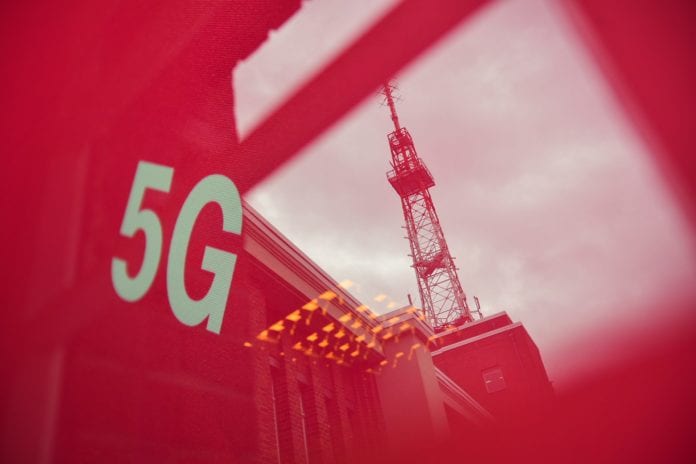German operator Deutsche Telekom is already proving 5G coverage to 16 million people in over 1,000 towns across Germany, the carrier said in a release.
By mid-July, a total of 40 million people throughout Germany will be reached by the operator’s 5G network, Deutsche Telekom said.
“This is the largest 5G initiative in Germany. We are bringing 5G to urban and rural areas for half of the German population. And we are now reaching this milestone earlier than planned,” said Telekom Deutschland CEO Dirk Wössner. “Despite the Corona crisis, we have expanded 5G without detours. Our networks have worked reliably. In addition to the current situation, our technicians have made over 12,000 antennas fit for 5G. By the end of the year, there will be 40,000 antennas fit for 5G.”
Deutsche Telekom uses 15 megahertz in the 2.1 GHz band for LTE and 5G. Of this spectrum, 5 megahertz comes from spectrum previously used for 3G spectrum which is being refarmed. In addition, Deutsche Telekom acquired 10 megahertz of 3G spectrum from another provider ahead of schedule. Deutsche Telekom said it is also using this spectrum for LTE and 5G. The telco had originally purchased this spectrum for use from 2021, but by purchasing it ahead of schedule, it has tripled the spectrum previously used for the new technologies in this frequency range.
Deutsche Telekom previously said expects to deploy 5G technology in 14 large cities this year to reach its goal of rolling out this technology in at least 20 of the largest German cities by the end of 2020.
In a conference call with investors, the carrier’s CEO Timotheus Höttges said Deutsche Telekom aims to cover half of the country with 5G during this year.
“We will switch on 5G in 2.1GHz in at least half of Germany already this year. 2.1 GHz is excellent for 5G because this spectrum range combines speed with good propagation,” the executive said.
“We will have the top 20 cities covered with 3.6 GHz. Going forward, we will leverage other spectrum ranges, such as 700 MHz frequencies. So we have a mix of low band, mid band [and]high band, which is, compared to my competition, significantly better, and we will roll out faster than anybody else. So comparing the commitments of Vodafone with ours, we will have four times more coverage already by the end of the year with regard to 5G,” Höttges added.
Deutsche Telekom also said it had already decided in 2019 to phase out Chinese suppliers from its core network. This also applies to the 5G core network, which is currently undergoing standardization. The core network contains the central elements for controlling and processing data in the network. On the other hand, the access or antenna network consists of the radio masts and the associated transmitting and receiving equipment, the telco said.
The operator noted that in the antenna network sector, it is technically impossible to upgrade 5G from one manufacturer to 4G components from another manufacturer. In today’s existing RAN, mainly components from Ericsson and Huawei are installed, Deutsche Telekom said.
To upgrade this antenna network from 4G to 5G, Deutsche Telekom will continue to use the existing suppliers Ericsson and Huawei. The company said it has already concluded new contracts with both companies for this purpose.
Deutsche Telekom kicked off the rollout of its 5G network in a limited number of cities across Germany at the beginning of July 2019.

